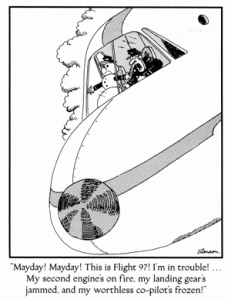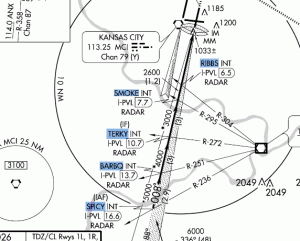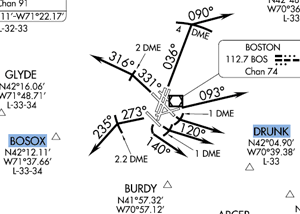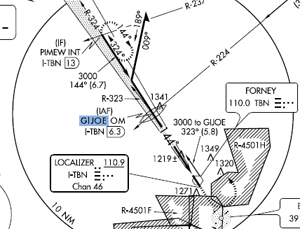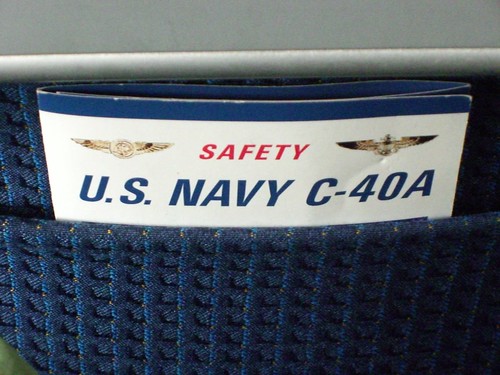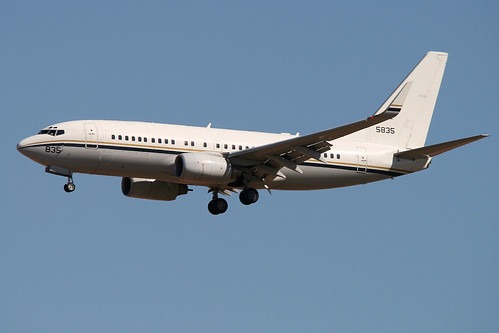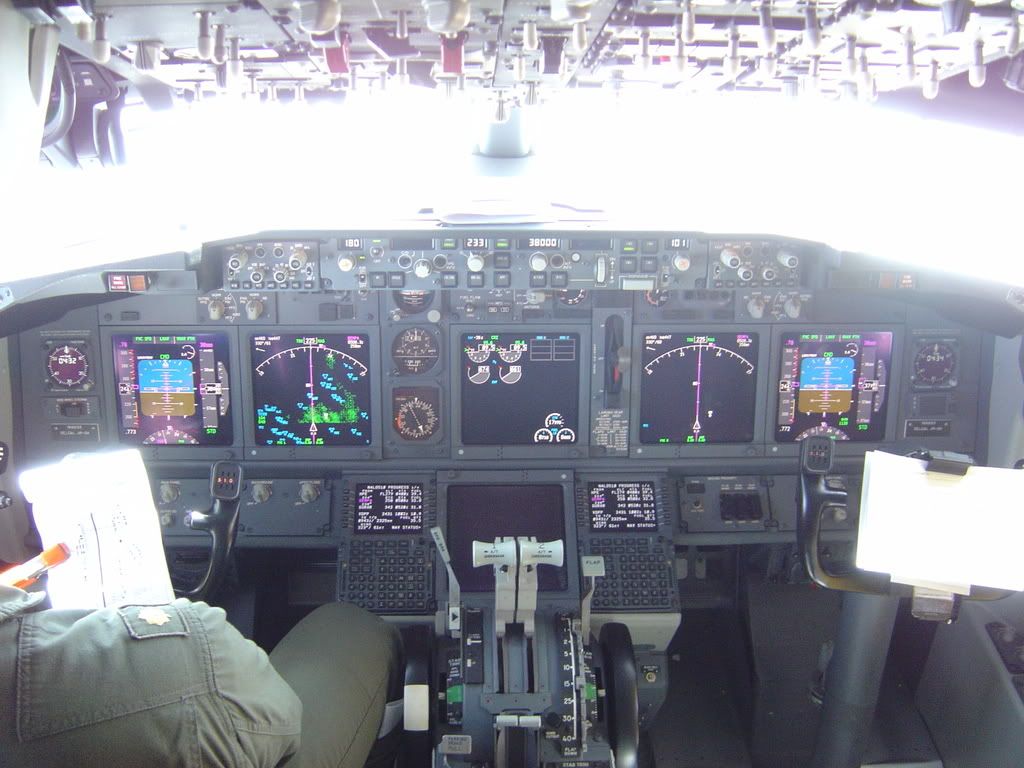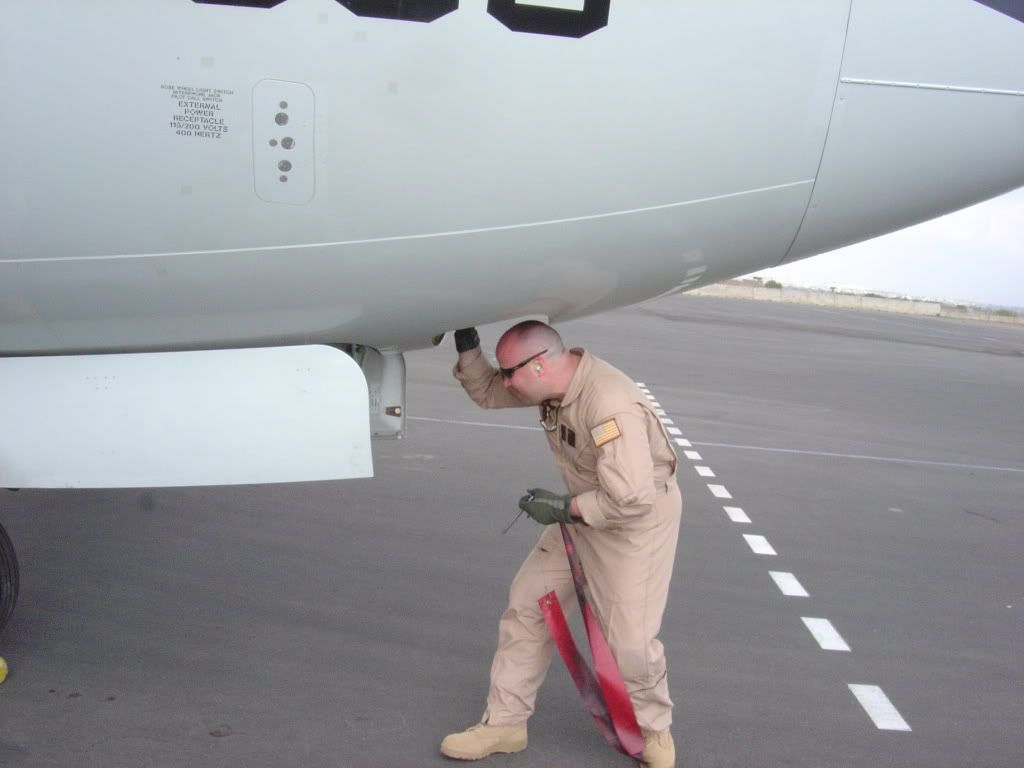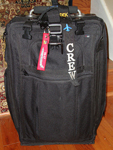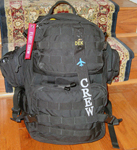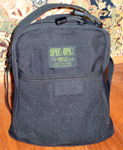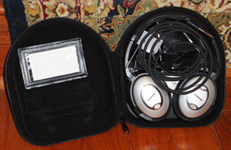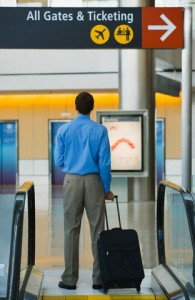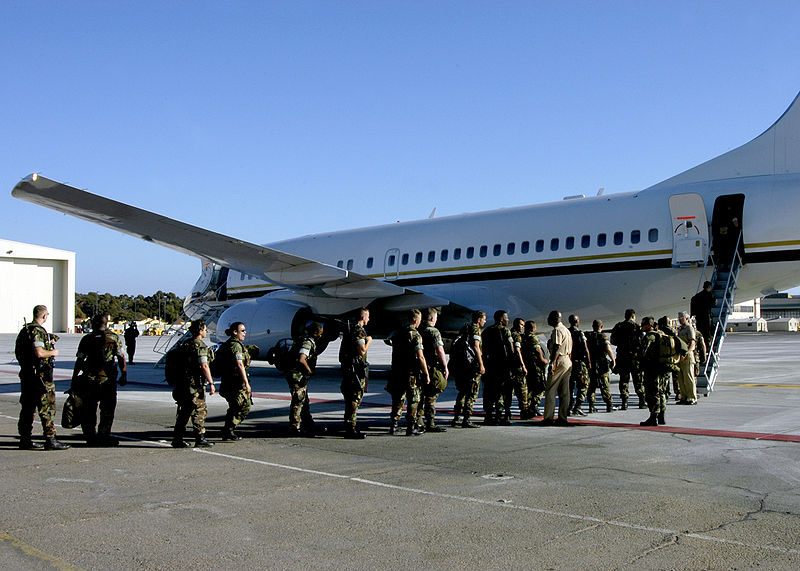
The military loves acronyms abbreviations and special lingo unique to themselves. The aviation community loves to use them too. But everyone likes to be special and have their own.
Have you ever heard someone talking about something obviously technical but using so many terms, acronyms and such that it almost sounded like a foreign language? Well this isn’t a Rosetta Stone, but it might be a simple primer for those who aren’t fluent in the language of aviation/Navy/military to understand what those of us who are fluent are saying.
The reasons behind why they are used are all the same. Ultimately its just to save time, either in writing or in speech. So now the next time one of your pilot friends talks about how they were IMC going into a particular air field, you’ll understand. Or when you see that Soldier, Sailor, Marine or Airman in the airport, you can actually go up to him/her greet them using their correct title and thank them for their service. I know I appreciate it someone knows my rank and what I do, so will they.
While perhaps not as ‘exciting’ as some other topics, there are enough questions I’ve received about this area that I thought a good glossary might help make things easier for future reference. 🙂
Feel free to comment with your own ‘spoonful of the soup’ that I might have missed, to make a comment or just to ask a question.
Aviation
VOR – VHF Omnidirectional Radio Range: type of radio navigation
DME– Distance Measuring Equipment: measures distance between delay of VHF/UHF signals of aircraft and receiver to aid in navigation
VHF – Very High Frequency: radio frequency range between 30MHz to 300MHz
ILS – Instrument Landing System: ground based instrument approach system providing precise guidance
IMC – Instrument Meteorological Conditions: in flight conditions where visual navigation is not possible
IFR – Instrument Flight Rules: regulations for flying aircraft by instrument navigation only
VFR – Visual Flight Rules: regulations for flying aircraft by navigating using visual reference to the ground
FAF – Final Approach Fix: point in space where final approach begins
PFD – Primary Flight Display: a CRT or LCD display with flight information
MFD – Multi-Function Display: a CRT or LCD display with knobs to display various flight related info (typically used in parallel with a PFD)
GPS – Global Positioning System: free navigation system made up of 24-32 satellites in orbit
RVR – Runway Visual Range: the distance over which a pilot can see the surface of the runway and measured in feet, used for making landing decisions in instrument approaches.
VR – Rotation Speed: calculated speed at which an aircraft’s nose will lift off the ground
V1 – Take-off Decision Speed: decision speed that once passed, means take-off is imminent
VREF – Reference Landing Speed: Landing reference speed
UTC – Coordinated Universal Time: standard time based on International Atomic Time; equivalent to GMT
GMT – Greenwich Mean Time: used as the Universal Time zone for coordinated time globally
PAX – Passenger: term for manifested passenger(s)
Navy
RON – Rest Over Night: term used in calculating total trip length. Rest Over 1 Night (RO1N)
SELRES – Selected Reservist: traditional ‘weekend warrior’; not full time
AWM – Awaiting Maintenance: term used to indicate that a job has not been initiated
AWP – Awaiting Parts: term used to indicate that parts have been ordered
CNX – Cancelled: mission or activity that was scheduled has been canceled
RMP – Reserve Maintenance Period: 4 hour block of time for a SELRES; used for maintenance related training
AT – Annual Training: ‘two weeks’; the block of time where a SELFES goes on temporary active duty and does training or suppliments active forces
ADT – Active Duty Training: additional training period (temporary active duty) for schools, missions, etc
AFTP – Aircrew Flight Training Period: 8 hour block of time for a SELRES; used for flight related training/mission
TACAN – Tactical Air Navigation: system used by military aircraft; more accurate version of VOR/DME
AWOL – Absent Without Official Leave: a deserter; unauthorized absence for more than 30 days
UA – Unauthorized Absence: being absent from duty/training without proper authority
AA – Authorized Absence: being absent from duty/training with permission
RESKED – Rescheduled drill: changing the time of a training period for a SELRES
CO – Commanding Officer: commissioned officer; ultimately responsible for the condition, training and readiness of a squadron, unit or ship
XO – Executive Officer: commissioned officer; assists the CO in maintaining the condition, training and readiness of a squadron, unit or ship
NAS – Naval Air Station: aviation base that houses aircraft, equipment and support groups that support the Navy’s air missions
IYAOYAS- If You Ain’t Ordinance You Ain’t Sh#t: the motto for the Aviation Ordinance community (never was an ‘ordie’ but they are some of the hardest working folks around)
Military Enlisted Ranks
Everyone seems to always want to know what the heck the titles are for the enlisted ranks of all the branches, so here’s a simple chart with the abbreviations and symbols so its easy to compare.
|
Army |
Navy |
Air Force |
Marine Corps |
||
|
E-1
|
No insignia |
|
No insignia |
No insignia |
|
|
Private (PV1) |
Seaman Recruit (SR) |
Airman Basic (AB) |
Private (PVT) |
||
|
E-2
|
|||||
|
|
|
|
|
||
|
Private (PV2)
|
Seaman Apprentice (SA)
|
Airman (Amn)
|
Private First Class (PFC)
|
||
|
E-3
|
 |
 |
|
 |
|
|
Private First Class (PFC)
|
Seaman (SN)
|
Airman First Class (A1C)
|
Lance Corporal (LCpl)
|
||
|
E-4
|
 |
 |
 |
 |
|
|
Specialist (SPC)
|
Petty Officer Third Class (PO3)
|
Senior Airman (SrA)
|
Corporal (Cpl)
|
||
 |
|||||
|
Corporal (CPL)
|
|||||
|
E-5
|
 |
 |
 |
 |
|
|
Sergeant (SGT)
|
Petty Officer Second Class (PO2)
|
Staff Sergeant (SSgt)
|
Sergeant (Sgt)
|
||
|
E-6
|
 |
 |
 |
 |
|
|
Staff Sergeant (SSG)
|
Petty Officer First Class (PO1)
|
Technical Sergeant (TSgt)
|
Staff Sergeant (SSgt)
|
||
|
E-7
|
 |
 (collar & cover device) |
 |
 |
 |
|
Sergeant First Class (SFC)
|
Chief Petty Officer (CPO)
|
Master Sergeant
|
Gunnery Sergeant (GySgt)
|
||
 |
|||||
|
First Sergeant (Master Sergeant)
|
|||||
|
E-8
|
 |
 (collar & cover device) |
 |
 |
 |
|
Master Sergeant (MSG)
|
Senior Chief Petty Officer (SCPO)
|
Senior Master Sergeant (SMSgt)
|
Master Sergeant (MSgt)
|
||
 |
 |
 |
|||
|
First Sergeant (1SG)
|
First Sergeant (Senior Master Sergeant)
|
First Sergeant (1stSgt)
|
|||
|
E-9
|
 |
 (collar & cover device) |
 |
 |
 |
|
Sergeant Major (SGM)
|
Master Chief Petty Officer (MCPO)
|
Chief Master Sergeant (CMSgt)
|
Master Gunnery Sergeant (MGySgt)
|
||
 |
 |
 |
|||
|
Command Sergeant Major (CSM)
|
First Sergeant (Chief Master Sergeant)
|
Sergeant Major (SgtMaj)
|
|||
 |
|||||
|
Command Chief Master Sergeant
|
|||||
|
Senior Enlisted Rep
|
 |
 (collar & cover device) |
 |
 |
 |
|
Sgt. Major of the Army (SMA)
|
Master Chief Petty Officer of the Navy (MCPON)
|
Chief Master Sergeant of the Air Force (CMAF)
|
Sgt. Major of the Marine Corps (SgtMajMC)
|
||





